For centuries, alcohol was distilled purely for medicinal or ritual purposes. However, sometime around the 1500s, distilled spirits were produced for an entirely new reason — enjoyment. For the next few centuries, distilleries sprung up all over the world producing everything from Irish whiskey and Scotch to Dutch genever and baijiu. And some of these historic distilleries are still around today, churning out expression after expression for spirits lovers worldwide. Some have been continuously operating since their establishment, like Mount Gay in Barbados. Others were mothballed for decades at a time before reemerging from the shadows, while others still needed to be rebuilt after disastrous fires.
Considering the turbulence that many historic operations have experienced over the years, pinning down the exact “oldest” distilleries is somewhat challenging to calculate. As such, we narrowed options down to facilities that started as a distillery (or became one shortly after founding) and are still in operation today. Check out 10 of the oldest distilleries in the world here!
![10 of the Oldest Distilleries in the World [MAP]](https://vinepair.com/wp-content/uploads/2024/12/the-oldest-distilleries-in-the-world-v2.jpg)
Luzhou Laojiao Distillery — Luzhou, Sichuan Province, China (1573)
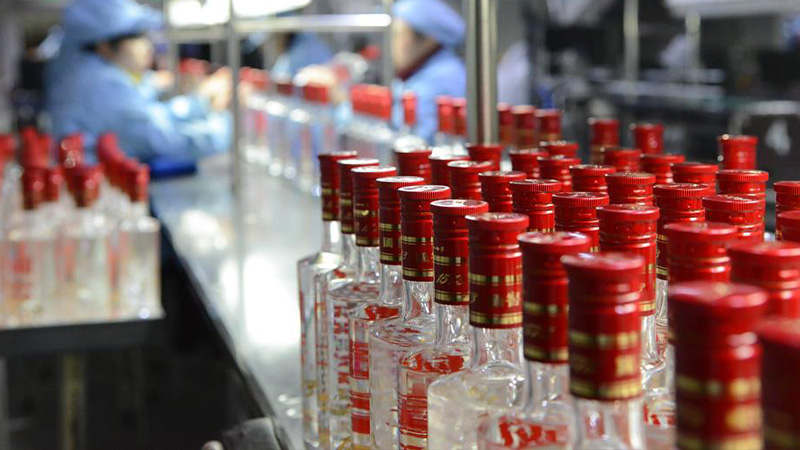
Baijiu doesn’t get much attention in the Western Hemisphere, but the sorghum-based Chinese liquor is actually the world’s most consumed spirit — and it’s been produced for centuries. At the Luzhou Laojiao Distillery in Sichuan Province, the unofficial baijiu capital, distillers have produced the spirit since 1573, making it the oldest continuously operating distillery in China. The name itself, Laojiao, translates to “old cellars” and refers to the pits used to ferment sorghum or other base grains before distillation. The distillery currently operates 1,600 of these old cellars, over 1,000 of which are more than100 years old, allowing the baijiu to develop a more robust, complex character. In addition to the distillery’s namesake baijiu, Luzhou Laojiao also produces more widely available brands like Ming River.
Old Bushmills Distillery — Bushmills, County Antrim, Northern Ireland (1608)
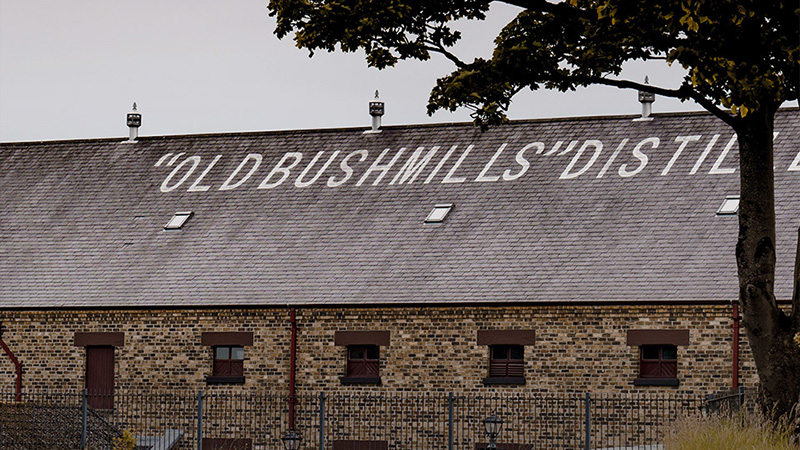
In 1608, King James I granted the first known whiskey license to Sir Thomas Phillips, who went on to establish Bushmills Distillery — the oldest whiskey distillery in the world. Given the centuries of history beneath its belt, Bushmills has experienced its fair share of hardship. In the late 18th century, the monarchy targeted those distilling in Ireland by levying a tax on malted barley, a main component in Irish whiskey production. As such, most distillers opted to include unmalted barley and other grains in their mash bills to lower their toll, thus creating pot still whiskey. But not Bushmills. To this day, Bushmills still uses 100 percent malted barley for its lineup of single malt whiskeys. Shortly after the taxation went into effect, disaster once again struck Bushmills when a fire destroyed nearly all of the distillery’s original buildings. The facility was promptly rebuilt in its original location where distillation continued despite turmoil during American Prohibition and later shelling from the German blitzkrieg during World War II. While production has since expanded to other facilities around the region, Bushmills still distills whiskey at its original campus, which is also a popular tourist attraction, welcoming over 120,000 visitors per year.
Nolet Distillery — Schiedam, Netherlands (1691)
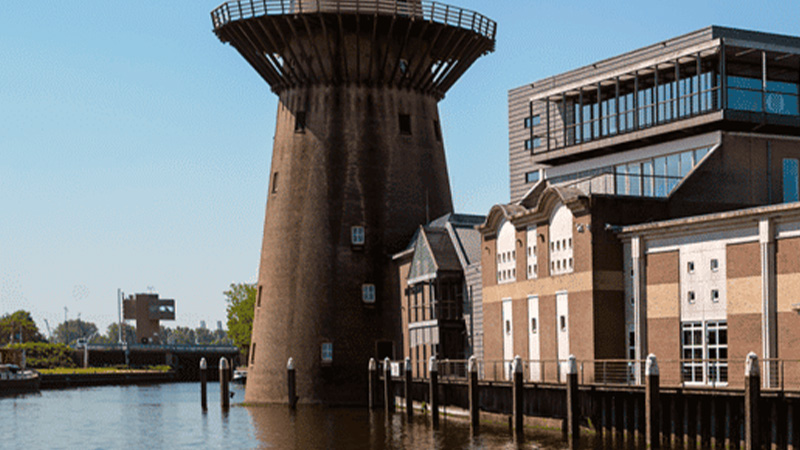
Nolet Distillery might be best known for producing Ketel One, but the facility’s history stretches back much further than 1983, when it first started making the popular vodka. The genever (a.k.a. Dutch gin) distillery was established in 1691 by Joannes Nolet, who chose Schiedam for its proximity to river systems and North Sea shipping ports that allowed for an abundance of raw materials and convenient distribution. While he was one of the first to choose this small village, he was certainly not the last; by the 1880s, Schiedam was at the forefront of Dutch distilling with approximately 400 active distillers. Over the centuries, Nolet has continued to thrive despite the emergence of more popular gin styles like London Dry and has incorporated other spirits, like vodka, into its lineup to maintain a following. To this day, the 333-year-old brand remains family-owned.
Mount Gay Rum Distillery — Saint Lucy, Barbados (1703)
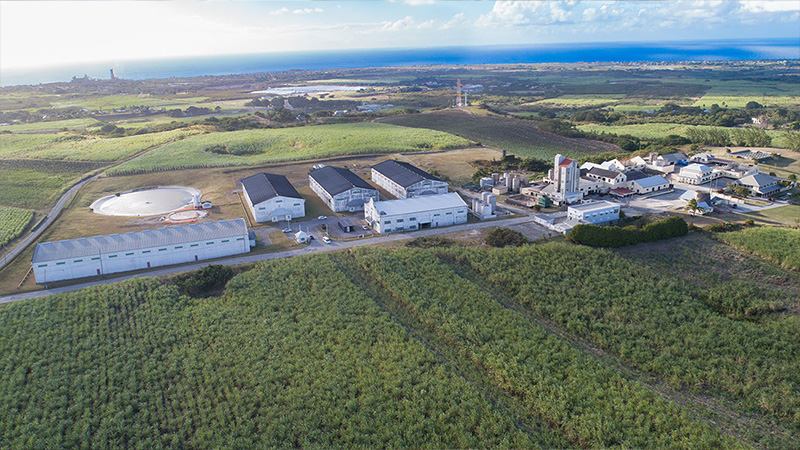
You’ll find the world’s oldest continuously-operating rum distillery in Saint Lucy, Barbados. The land upon which Mount Gay Rum Distillery sits was originally owned by a man named William Sandiford, who purchased the 280-acre lot when it was known as Mount Gilboa. Years later, John Sober, an English landlord, purchased it and appointed fourth-generation Barbadian Sir John Gay Alleyne to run the distillery on his behalf. When Sir Alleyne passed away in 1801, the distillery was renamed in his honor, and the estate was henceforth known as Mount Gay.
Kilbeggan Distillery — Kilbeggan, County Westmeath, Ireland (1757)
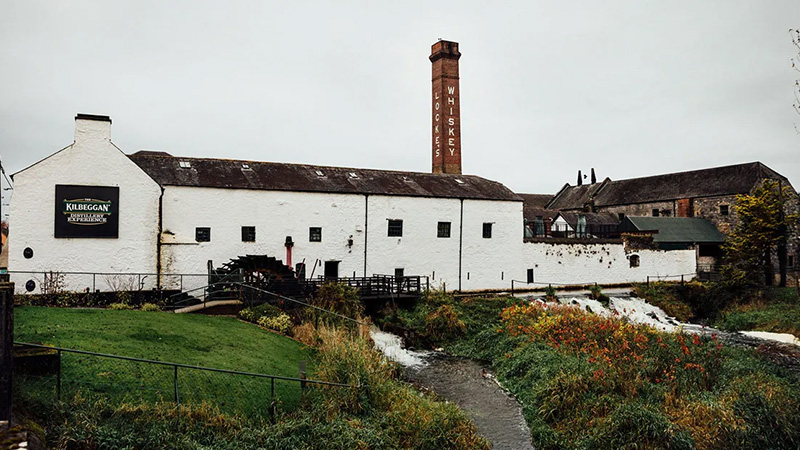
While Northern Ireland’s Bushmills might be the oldest whiskey distillery in the world, Kilbeggan Distillery claims the title of Ireland’s oldest whiskey distillery. Founded in 1757 by Matthew MacManus, the distillery was purchased by John Locke (not that one) in 1843 and the Locke family went on to manage operations at the distillery for over a century. Sadly, the family ceased production in 1954 and shuttered the distillery in 1957 due to decades of financial struggles from high tax and transport costs, economic depression in Ireland, and American Prohibition. Kilbeggan remained a ghost of a brand for over 30 years until 1988 when Cooley Distillery purchased the distillery and distilling license. Nineteen years later, production of Kilbeggan Irish Whiskey returned to the original facility where a working distillery was developed in one of the original bonded warehouses.
The Glenturret Distillery — Crieff, Perthshire, Scotland (1763)
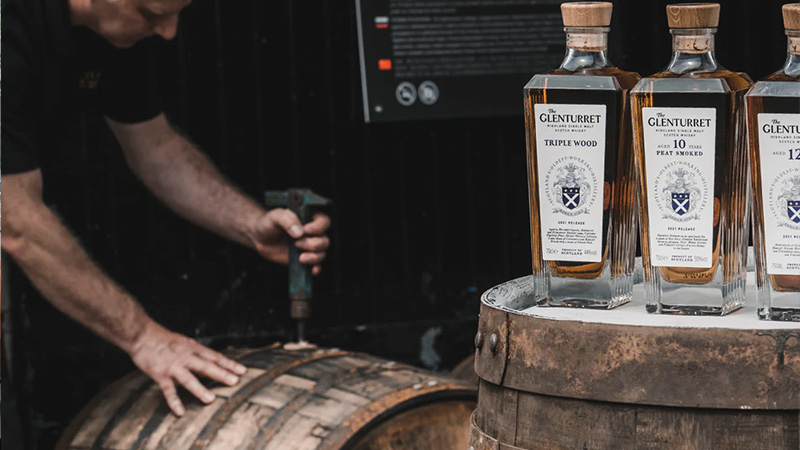
Like many of the world’s oldest whiskey distilleries, The Glenturret has powered through a fair amount of turbulence in its 261-year history. Based on a rental document from landowner Sir Patrick Murray of Ochtertyre, the distillery — Thurot Distillery as it was then referred to — was founded in 1763 and sold in 1814 to Thomas MacInnes, who renamed it The Hosh Distillery. It wasn’t until 1875 that The Glenturret name was introduced. Fifteen years later, the distillery was purchased by brothers and whisky merchants David and William Mitchell and it remained in the Mitchell family’s control until hard times fell in the 1920s. A combination of high tax rates, global financial crises, and American Prohibition sent the Scotch whisky industry into a tailspin and The Glenturret ceased production by 1923. The distillery sat silent for over 30 years during which over 96,000 gallons of whisky were left to mature in warehouses where they were tended to by a small team who also ensured the distillery did not fall into disrepair. In 1957, The Glenturret was purchased by James Fairlie, who restored the original distilling equipment and sought to “preserve the traditional methods of distilling and to grow the appreciation for whisky.” In 2019, The Glenturret was purchased by Swiss-American Hansjörg Wyss and Lalique Group, a French luxury lifestyle company.
Bowmore Distillery — Bowmore, Isle of Islay, Scotland (1779)
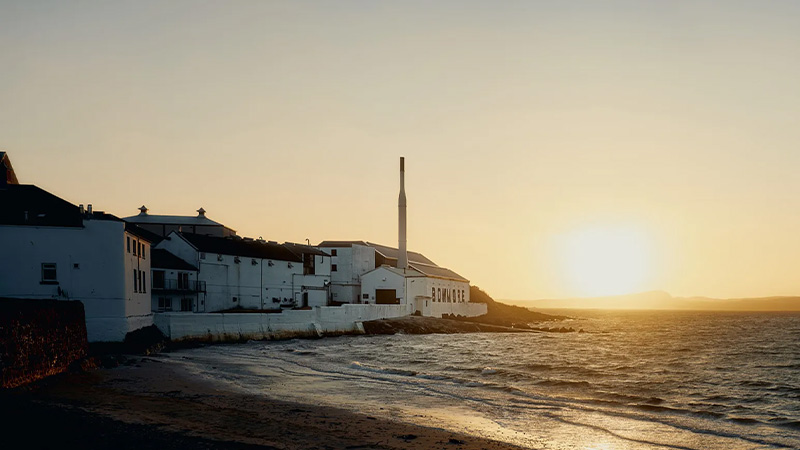
The first written mention of the Bowmore Distillery dates back to 1779 when entrepreneur David Simon acquired a lease on the Islay land, making it the first distillery on the island. In 1837, the Simon family sold the distillery to brothers William and James Mutter who expanded operations in the 50 years Bowmore was under their ownership. From there, the distillery — like many of the world’s oldest — changed hands numerous times; it was first purchased by John Bell Sherriff of Campbelltown in 1887, then sold to a consortium a few years later, before it was repurchased by James Bell Sherriff in 1925. While successful for about a decade, the distillery was forced to cease operations in 1940 to be commandeered by the Royal Air Force to assist with the war effort. From 1940 to 1943, three Allied squadrons were stationed at the historic Islay distillery.
Strathisla Distillery — Keith, Morayshire, Scotland (1786)
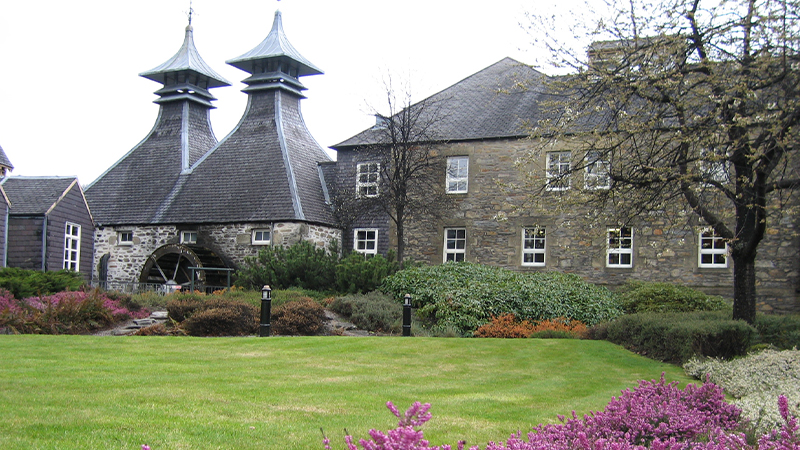
Tucked away in Speyside is Strathisla Distillery, which has been described as one of the most beautiful distilleries in the world. Before Strathisla was a distillery, it was actually a brewery for the local monastery. But when George Taylor and Alexander Mine founded the distillery in 1786, they got to work producing whisky. Originally known as Milltown, the distillery saw great success with its highly sought-after single malt bottlings in the late 19th and early 20th centuries. But as demand declined and global economic conditions worsened, the distillery found that success slipping away. In 1949, the distillery’s then-owners were imprisoned for tax evasion, threatening the company’s future. The following year, the distillery was scooped up by whisky broker James Barclay on behalf of the Seagram Company, which, at the time, owned Chivas Regal. In 1951, the facility was renamed the Strathisla Distillery, and Samuel Bronfman, the owner of Seagram, set to work revolutionizing the distillery and Chivas Regal production. In recent years, the historic distillery has served as the “home” of the renowned blended Scotch.
Balblair Distillery — Edderton, Ross-shire, Scotland (1790)
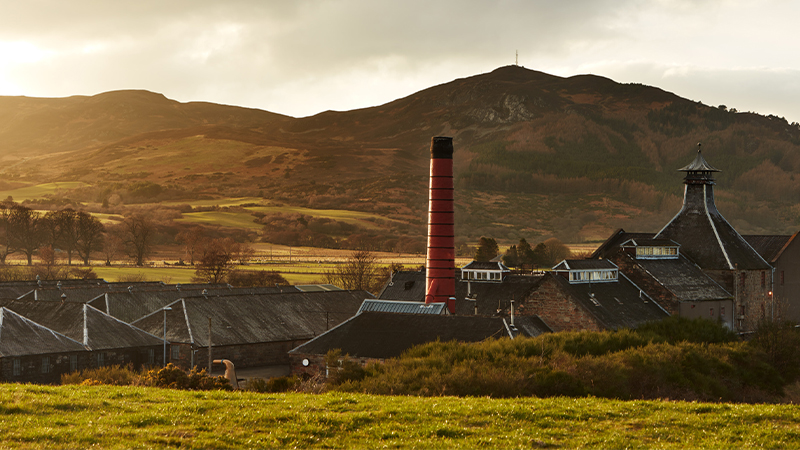
Up in the Highlands is Balblair, a distillery founded in 1790 by local Scotsman John Ross. Ross, along with his son, and later grandsons, would remain in control of the facility until 1894 when James Ross gave the tenancy rights to wine merchant Alexander Cowan. Cowan, in his short time at the helm, was able to greatly expand operations, including the construction of offices, a still house, a mash house, and barns. But the success was short lived. In 1911, Balblair Distillery was mothballed due to mounting economic pressures, and the last bottles of prized whisky departed from the warehouse in 1932. Throughout World War II, the distillery remained shuttered and was instead occupied by the Norwegian Army after the British Army had commandeered the space. In 1948 — 37 years after the distillery originally closed its doors — production resumed at Balblair after it was purchased by Robert “Bertie” Cumming, a solicitor from Banff who modernized the distillery, installing a new boiler house, adding a wash still, and installing steam-heated stills. Cumming owned the distillery until 1970 when it was sold to Hiram Walker & Sons, which later sold it to Inver House Distillers, which remains in control of the distillery today.
Oban Distillery — Oban, Argyll, Scotland (1794)
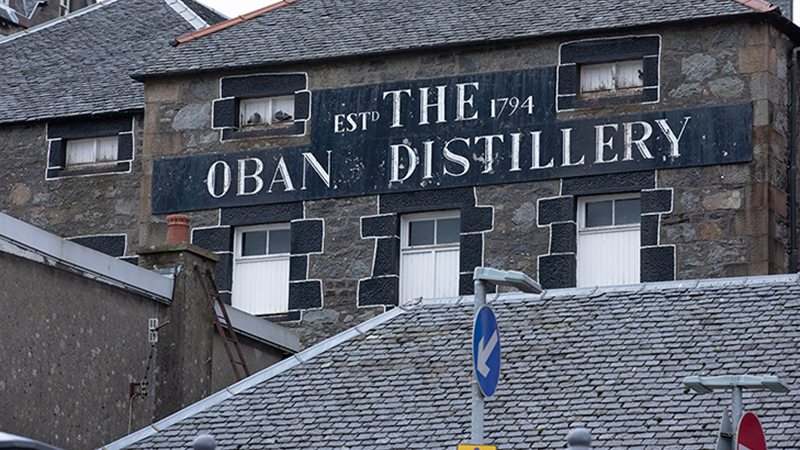
Oban is unique in that it isn’t just a distillery in a town with the same name — the entire town itself was constructed around the distillery. In the late 18th century, the Duke of Argyll offered a low rent to anyone willing to build a house. Brothers John and Hugh Stevenson took things a step further, purchasing the entire island of Belnahua in 1780 to construct a town — the town we now know as Oban. In the center of the town sat a brewery, though the first record of distilling taking place is noted in 1794. By 1799, official distilling was entirely underway, with the Stevenson brothers at the helm of operations. The distillery remained in the family until 1866, when it was sold to Peter Cumstie, who ran it before selling it to John Walker Higgin in 1883. (Higgin redesigned the facility into what it is today.) The building was sold again in 1898 and finally in 1930 to Distillers Company Limited, which became a part of Diageo, which still owns the brand to this day. Due to Oban’s small size — there are only two operational stills — Diageo halted production in 1968, though that decision was quickly reversed in 1972 when a new stillhouse was built. After emerging from its mothball days, Oban solidified itself as an early leader in single malt whisky, unveiling its first 12-year-old expression in 1979.
*Image retrieved from flordigitalartist via stock.adobe.com
![10 of the Oldest Distilleries in the World [MAP] 10 of the Oldest Distilleries in the World [MAP]](https://vinepair.com/wp-content/uploads/2024/12/oldest-distilleries-in-the-world-card-375x450.jpg)